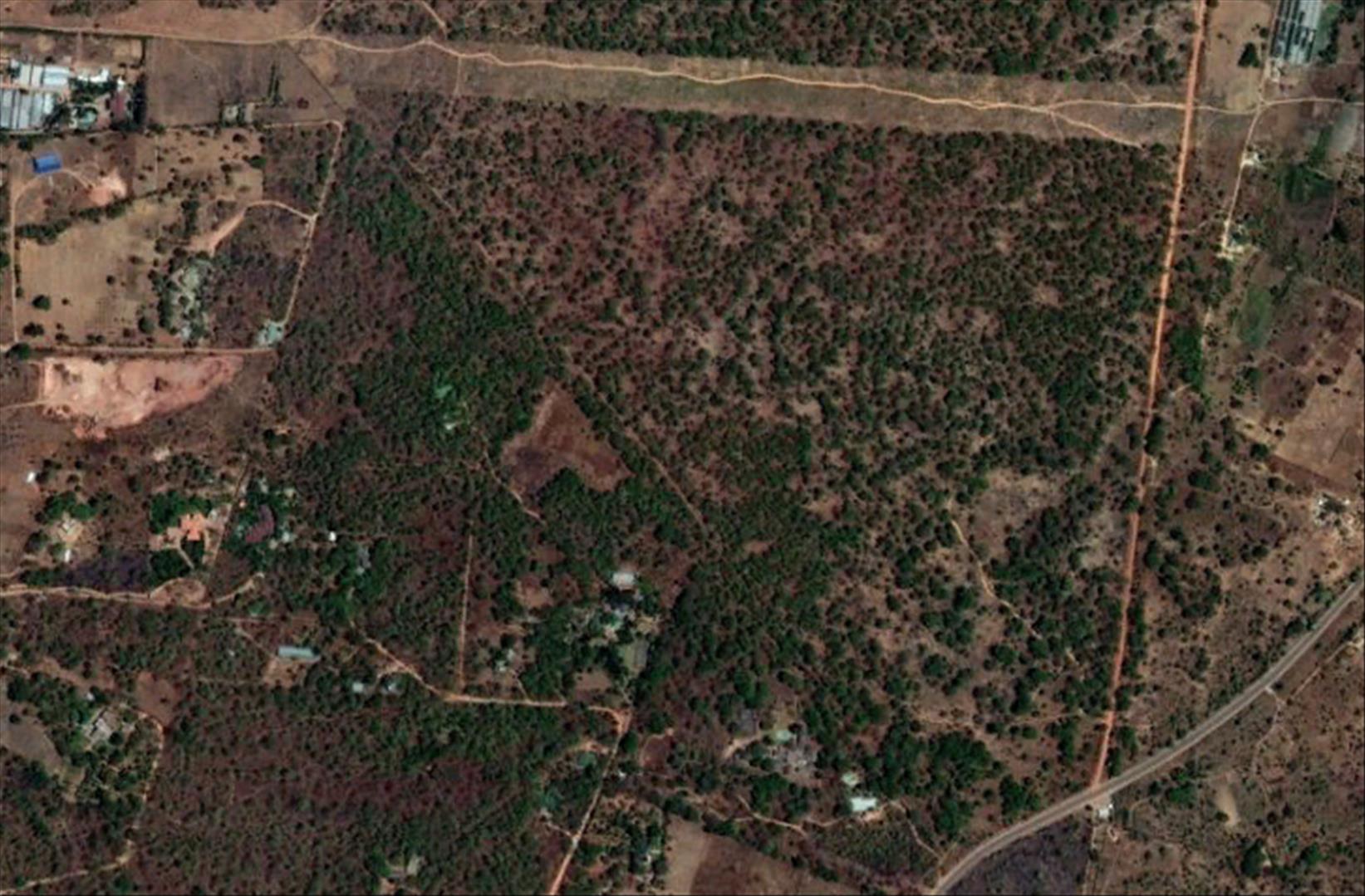Who can publicly point out any priced development that can be a replacement of an important ecosystem like the one that is being provided for by Forest 27?
Presently, President Lungu is at the centre of controversy after signing Statutory Instruments (SIs) No. 62 of 2017, No, 59 of 2018 and the most recent SI No. 13 of 2019 degazetting parcels of land under Forest No.27 in Lusaka East.

Mr. President, your platform slogan as when delivering speeches at public meetings has been, Talking development that is pro-poor and leaving no one behind. These development needs for Lusaka that are now taking place in Forest 27 are far from representing the needs of millions of poor people that you promise not to leave behind.
For decades, Lusaka East Forest Reserve Number 27 has been classified as a protected area in Zambia. Not only is it home to some of the freshest water in the region, it has incredible biodiversity and serves as a recreation space for the local population.
By signing the Paris Agreement on Climate Change in 2016, the Government of Zambia renewed its commitment and resolve to take action in order to attain sustainable prosperity, safeguard the health of the people and the planet. This was a milestone decision by President Lungu for saving the environment from practices that endanger its fragile natural resources like rivers and forests. Instead, the opposite is happening.
Unfortunately, a year later, President Lungu and his team of experts from the Ministry of Lands, Natural Resources and Environmental Protection that accompanied him to New York and advised him to sign that agreement, have badly floundered on that commitment.
The three statutory instruments put into effect by President Lungu have allowed for subdividing a major forest reserve for development, thereby endangering Lusaka’s water supply. In essence, Statutory Instrument No. 62 has given way for investment companies such as Kingsland, a Chinese property developer, to bulldoze a significant portion of the forest to clear land for 1,100 houses it has built for the Zambia Airforce.
Beyond that, a much bigger real estate venture is on the cards. As promoted by Sunshare sales manager Echo Chen in a press conference when the plan was first announced in 2017, the Forest 27 will be a new ‘paradise’ of US$1.4 million residential estate, with hotels, a university, hospital and police station, including a glass bridge called ‘Rose Street’ where newly-weds can pose for photos; it will indeed be grand.
Should we put a doubt that the President put a signature to SI No. 62 without consultation or chose to ignore doing so? Regardless, we are here to put it in bold:
Lusaka East Forest Reserve No. 27 was established in 1957 to protect the source of the Chalimbana River and is part of an important water catchment’s area that provides invaluable social, economic and ecological services.
According to the Associates Transnational Investigation magazine dated June 20, Water Resources Management Authority (WARMA) said in its report that raw sewage is being released into the Chalimbana River from the Zambia Air Force (ZAF) Twin Palm Housing Complex sewer ponds and via the Sikasokwe Stream. Households on the downstream that drink water from sunk wells and those who do not know the source of the water are surely drinking sewer water.
Additionally, the reports precisely indicates that current sewer ponds were built for a limited number of houses and are likely not to cope with the volume of units being constructed.
Various stakeholders have raised concern about the irreparable damage that such action will bring on the Chalimbana River Catchment Area and farther downstream where it drains into the Chongwe River which is a tributary of the Zambezi River. The whole region’s water system is under threat. Once the Chalimbana River is exposed to direct sunlight after those who have acquired land clear it to build their luxury mansions, the river will consequently start drying. The whole farming system around Chalimbana is also in jeopardy.
It has been the cry of poor people around that area because it is alleged that the people getting the plots in Forest 27 are largely top Government officials. Records show that among those who have recently obtained land in the forest reserve includes Vice President Inonge Wina, Lands Minister Jean Kapata, Mines Minister Richard Musukwa, Chief Justice Irene Mambilima and a businessman by the name of Findlay. It is alleged that ground rental bills from the Ministry of Lands show that Wina is beneficiary of property number LUSAK/LN-520/100. Mambilima is owner of property number LUSAK/LN-520/97 given to her for ‘agriculture purposes’ while Kapata has been allocated property number LUSAK/LN-52062/38 also for agriculture. Findlay owns property number LUSAK/LN-52062/1.
The unsatisfactory response from government officials regarding the degazetted Forest 27 raises questions if signing the Paris Agreement in New York was an academic exercise. President Lungu, you will not lose anything by reversing the degazetting of Forest 27 and you will not be the first to do so.
In 1993 the forest was degazetted to be used for munitions training by the defence forces. After 25,500 community members throughout the Chalimbana River Catchment Area signed a petition, President Frederick Chiluba through his Minister of Environment and Natural Resources William Harrington ordered the re-gazetting of Local Forest Reserve No. 27 by Statutory Instrument No. 196 of 1996. There is no bitterness in people who have joined this crusade, including Harrington who has pushed for a tribunal to be set up to investigate possible corruption surrounding the degazetting of Forest 27. All that is required of you is to do the most honourable thing, and stop a pending ecological disaster.

